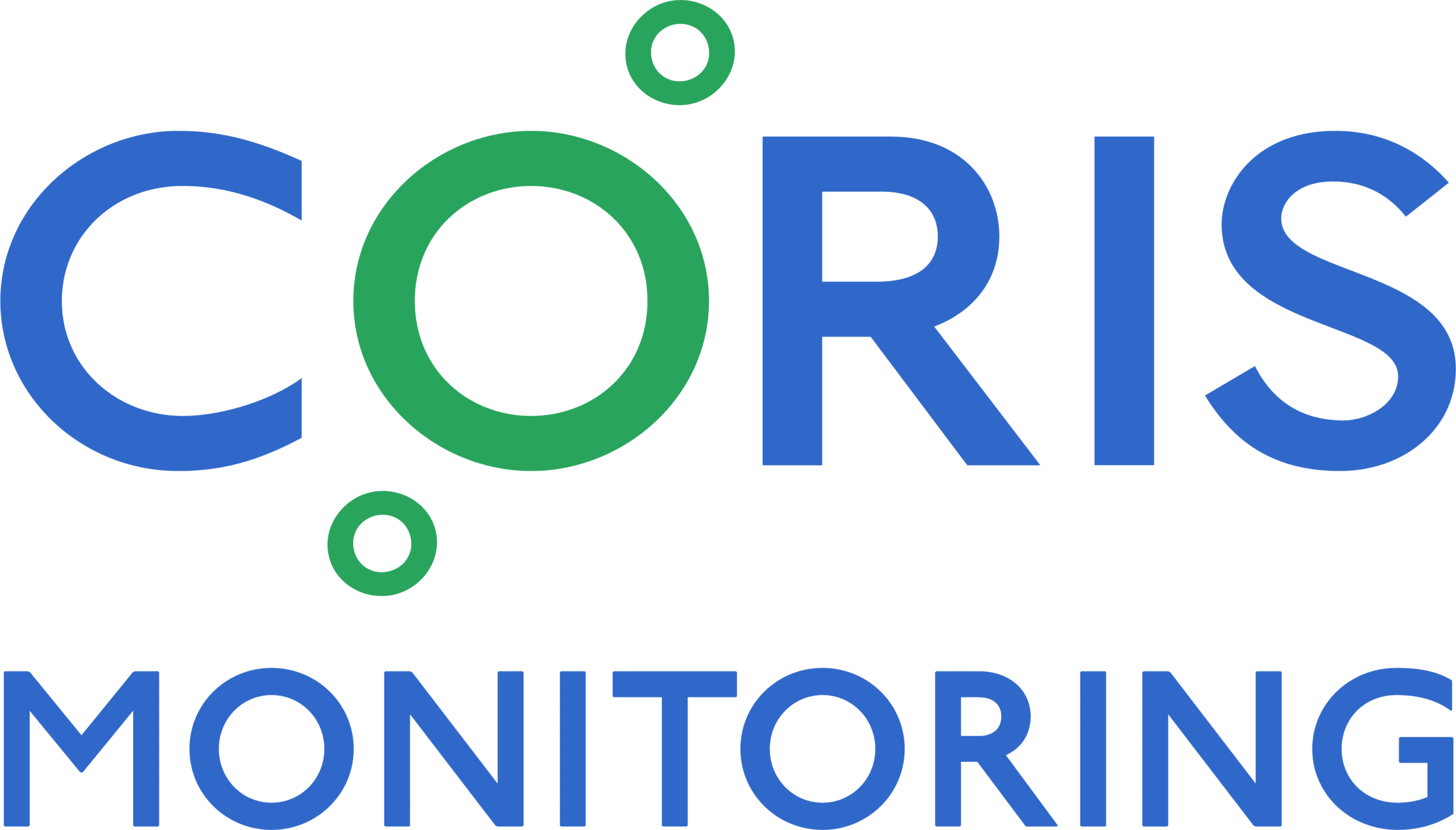- CORIS Temperature Probes — There are two types:
- CORIS Extreme Temperature Sensor (ETS), with one or two thin wire temperature probes. These probes have a huge temperature range from -250°C to +1200°C. They are most commonly used for very cold temperatures (e.g., LN2 tanks, -80°C freezers, -20°C freezers, and +4°C refrigerators) and for monitoring high temperatures (e.g., incubators, boiler pipes, and industrial systems).
- CORIS TH-D combination temperature and humidity sensors: These are battery operated and handle temperatures from -30°C to +70°C. They are most commonly used for lab freezers and refrigerators, +37°C incubators, ambient temperature and humidity monitoring in labs, museums, and construction sites, and temperature sensitive areas in buildings.
- CORIS Gateway — The central “hub” that receives wireless temperature reading transmissions from ETS modules and TH-D sensors and forwards the readings to the CORIS cloud-based servers. The wireless signals can penetrate multiple walls or floors of large buildings. All temperature readings are analyzed and stored in the CORIS servers.
- Phone, Tablet or Computer — Web-based device to access the CORIS servers to see, graph, or download temperature readings as well as to receive alerts.
CORIS monitors temperatures in all types of freezers and refrigerators: liquid nitrogen (LN2) tanks and dewars (-196°C); -150°C, -86°C, -40°C, and -20˚C freezers; and +4°C refrigerators. This includes both standalone appliances and walk-in refrigerators and freezers. The contents of these cold storage devices might include lab specimens, biological museum samples, fresh and processed meats, wine and beer, or medications and vaccines, to name a few examples.
The CORIS Extreme Temperature Sensor (ETS) probes cover a range of -250°C to +1200°C (2200°F). Higher temperature monitoring is available by special order. The CORIS TH-D covers a range of -25°C to +50°C.
The CORIS system can also be used to monitor relative humidity levels, CO2 levels, LN2 levels in dewars and tanks, water leaks and flood detection, open/closed doors, motion/occupancy, external alarm circuits on lab equipment, and electrical usage of appliances including freezers and refrigerators.
There is no limit to the number of sensors or devices that can be monitored. Hundreds of CORIS sensors can share one CORIS Gateway, and there is no limit to the number of CORIS Gateways that can be active for any customer, in any number of locations around the world.
Additional CORIS sensor modules can be added at any time to monitor any number of devices, so you can start with monitoring a single device and grow to thousands.
Yes, the CORIS system can monitor temperature levels within various areas of an environment. For example, construction companies can monitor the interior temperatures of a site to prevent frozen pipes in the winter, and museums can monitor temperatures and humidity inside their display cases to preserve the quality of their collections. Meanwhile, during preparation and cooking, food production facilities can use CORIS to monitor the internal temperatures of meats and sausages.
Alerts are sent to users via email, text message and/or phone call, based on user preferences. Each user can customize how they want to receive alerts based on the severity of the alert, the time of day and the day of the week.
Alerts are available for all types of CORIS sensors: temperature, relative humidity, LN2 level, CO2 level, water sensor, door open/closed, external alarm port, motion/occupancy, etc.
Alerts are sent immediately once the alert conditions are triggered. For example, temperature alerts are triggered by both the temperature and the time interval that the temperature has exceeded its limit (e.g. the temperature has been warmer than -75°C for more than 15 minutes).
Yes, there is no limit to the number of people who can receive alerts.
Yes, you can customize how frequently alerts are repeated if it is not claimed, and you can always turn off further notifications if the situation is being dealt with.
Yes, there are usually three levels of severity for alert conditions, and different people can receive different severity alerts. This is highly customizable to suit your personnel, including multiple conditions that trigger each level of severity.
Yes, you can select the freezers, LN2 tanks, refrigerators or incubators for which you want to receive alerts, so you will not receive alerts for other freezers in your lab that are having problems.
The CORIS sensors take readings every two minutes and send those readings to the CORIS Gateway. The Gateway then sends the readings to the CORIS cloud-based servers. These temperature readings are immediately available to view or visualize graphically to generate reports. The two-minute interval is the default and can be customized if desired.
The CORIS system is web-based, and is accessible by any phone, computer or tablet with a web browser. Current sensor readings, alert status, graphs, reports, and data downloads are all instantly available.
All CORIS sensor readings are permanently stored in the CORIS servers and are available to view, graph, report or download at any time.
Reports can be generated at any time (on demand), and can include sensor readings and graphs for any number of sensors/devices covered.
Yes, reports can be generated automatically – daily, weekly, monthly or annually. Links to reports are automatically emailed soon after midnight at the end of the reporting period. Reports are generated as PDF files and are stored permanently on the CORIS servers. Old reports can be retrieved at any time.
No, once generated, reports cannot be edited or modified in any way. Comments can be added to reports and will also be permanently stored with the reports. E-signature for signing off on reports is also standard.
Yes, the CORIS system is compliant with HIPAA, CAP, CLIA and CFR 21 Part 11. The CORIS system does not record or transmit patient information, information on samples or specimens, or other identifying data from the lab. Only the sensor readings are measured, transmitted and recorded (temperature, relative humidity, on/off states of external alarms, presence of water, CO2 or LN2 levels, electrical usage and detected motion). These readings are permanently recorded in the cloud (not on a local computer), and users cannot modify or delete any sensor readings or alert information stored in the cloud. CORIS reports are automatically generated and permanently stored, and cannot be modified or deleted by users. Authorities can use the reports to verify the integrity of the original readings submitted.
Yes, CORIS has an Application Programming Interface (API) that can be used to either “pull” data from the CORIS system to the customer system, or to have the CORIS system automatically “push” data to the customer system.
Yes, IQ/OQ documentation is available if needed. Please contact CORIS support for more information.
All CORIS sensor readings are stored permanently on virtual servers hosted by commercial “cloud” service providers. There are automatic backups, data redundancies, failover and recovery capabilities within the cloud.
The CORIS system will alert you via text, email and/or phone call when communication with a CORIS sensor or device is lost, so you will know there is likely a local power or internet failure.
Yes, the CORIS ETS includes an internal battery pack which allows the ETS to continue to operate and locally store sensor readings for up to one month if the normal power supply is interrupted. The CORIS TH-D is battery operated and can store temperature and humidity readings internally for up to a week. The CORIS Gateway does not store readings. It can use an off-the-shelf USB battery pack to continue working if its power is lost. The CORIS Gateway and its internet connection must remain working for real-time sensor readings to be sent to the CORIS servers. Once communication with the CORIS servers is restored, all the stored readings in the CORIS sensors are automatically forwarded to the servers and permanently recorded.
Yes, CORIS offers a complete warranty with immediate replacement of all failed hardware components for the term of the service agreement or three years, whichever is longer.
No, the CORIS system is cloud-based, so there is no local computer or server. This means your lab does not have to operate a computer, secure it, maintain it, back it up, or update any server or application software.
The CORIS sensors wirelessly transmit temperature and other sensor readings to the local CORIS Gateway, which forwards them to the CORIS servers in the cloud.
No, the CORIS Gateway uses DHCP to obtain a local IP address, and to find the IP address of a DNS server. Gateways can be provisioned with static IPs if required.
No modification or configuration of the firewall is required. This is a unique feature of the CORIS system. CORIS has two network security patents that allow CORIS devices to communicate with its cloud servers without any new configuration or permissions in the firewall.
CORIS does not use Wi-Fi. The CORIS system runs on LoRa wireless communications, which has much greater range and security than Wi-Fi.
No. In addition to DNS protection, we use AES128 encryption for all temperature data transmitted from the sensor to the cloud, and back to the sensor. We also use an additional layer of TLS encryption between the CORIS Gateway and the cloud. LoRa communications include enhanced security to guard against data capture during wireless transmission.
No, each user sets up their own unique username and password to access the account.
It is not required, but it’s recommended that you regularly change your password.
Yes, we use automatic backup and recovery services in the cloud, and also backup everything offline.
No, users cannot modify any data or reports.
No, CORIS Support team members do not have the ability to modify data or reports.
CORIS provides extensive logging of all account transactions and all user interactions. All of the changes to a user's account (e.g., changing alert thresholds, calibration offsets, adding or deleting users from an account, etc.) are logged.
No, CORIS will set up an account, register all the devices and sensors to that account, and pre-test everything prior to shipment to customers.
Once you receive the CORIS sensors and devices, contact CORIS support to schedule an online training session. Plan on 45 minutes for the training session, and CORIS will use your account to demonstrate how the system works as well as how to modify alert thresholds, customize alert delivery methods, generate graphs and reports, etc.
Up to 100 people can simultaneously view any single training session, but we recommend multiple training sessions to accommodate smaller groups of users, say 10 to 25 per session. There is no charge for training.
The CORIS support team can be contacted by email or phone 24/7. The support team can remotely access your sensors and devices to troubleshoot almost any problem. Contact us at support@corismonitoring.com
CORIS will ship replacement sensors or devices if there is a failure or problem. There is no charge for hardware replacement for active customers in good standing. We ask that you ship the problem device or sensor back to CORIS for further failure analysis.










